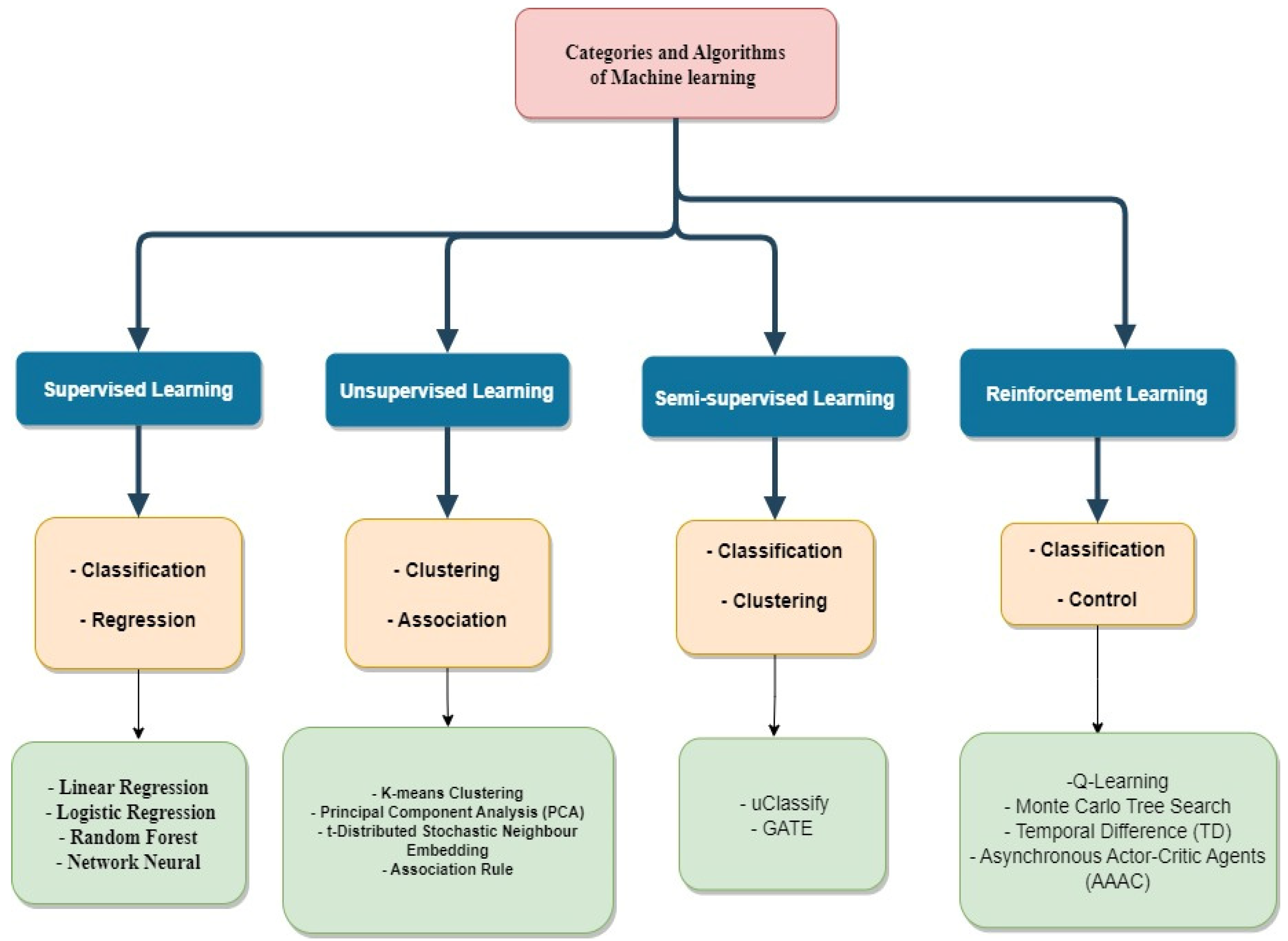The Bernard Rodriguez Journal
Exploring the latest trends and stories in news and lifestyle.
Machine Learning: When Algorithms Get Ideas Too
Discover how machine learning transforms algorithms into creative thinkers. Unravel the secrets of AI and unlock its potential!
Understanding the Basics of Machine Learning Algorithms
Machine learning algorithms are at the heart of data-driven decision-making in various industries. These algorithms enable computers to learn from data and make predictions or decisions without being explicitly programmed. The fundamental types of machine learning include supervised learning, unsupervised learning, and reinforcement learning. In supervised learning, the algorithm is trained on a labeled dataset, where inputs are paired with the correct outputs, allowing the model to learn patterns and relationships. Common examples of supervised learning algorithms include linear regression and decision trees.
On the other hand, unsupervised learning deals with unlabelled data, aiming to uncover hidden patterns or groupings within the data. Clustering algorithms like k-means and hierarchical clustering are popular examples of this type of machine learning. Lastly, reinforcement learning focuses on training models to make a sequence of decisions by rewarding desired behaviors and punishing undesired ones, mimicking the way humans learn through trial and error. Understanding these basics is crucial for anyone looking to explore the vast field of machine learning and its practical applications in real-world scenarios.

How Do Algorithms Innovate: The Science Behind Machine Learning Ideas
Algorithms are fundamental to the field of machine learning, serving as the backbone that drives innovation in data analysis and decision-making processes. At their core, algorithms operate by recognizing patterns within datasets, allowing systems to learn from past experiences and improve their performance over time. This process involves several key stages, including data collection, pre-processing, model training, and validation. During algorithmic innovation, researchers and developers explore new techniques and methodologies, such as deep learning and reinforcement learning, to enhance the capabilities of existing algorithms and address more complex challenges.
One fascinating aspect of how algorithms innovate is through the concept of feedback loops. As algorithms process more data and receive feedback on their predictions, they adjust their parameters and strategies accordingly, enabling continuous improvement. This iterative learning mechanism not only increases the accuracy of machine learning models but also paves the way for breakthroughs in various domains, from healthcare diagnostics to autonomous systems. Understanding the underlying science behind these innovations empowers businesses and researchers alike to harness the full potential of machine learning technologies.
Can Machines Think? Exploring Creativity in Artificial Intelligence
The question of whether machines can think has long puzzled philosophers and scientists alike. As we delve into the realm of artificial intelligence, it becomes increasingly clear that AI is capable of performing tasks that were once thought to be exclusive to human intelligence. From composing music to creating stunning visual art, AI algorithms exhibit a form of creativity that challenges our traditional understanding of the term. While some argue that this creativity is merely a product of complex calculations and data processing, others believe it reflects a deeper, more profound intelligence at work.
Ultimately, the exploration of creativity in artificial intelligence raises significant questions: Can machines truly create, or are they simply mimicking human creativity? As we continue to advance in AI technology, we must reconsider the boundaries of consciousness, creativity, and thinking.
With each new breakthrough, we inch closer to redefining these concepts, prompting an ongoing discussion about the nature of intelligence itself.